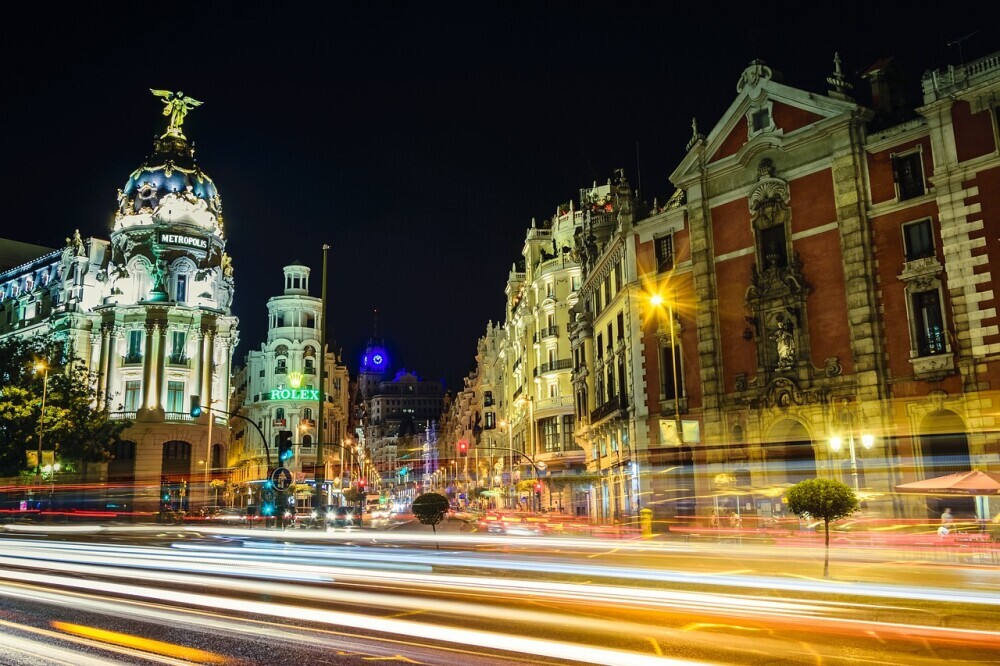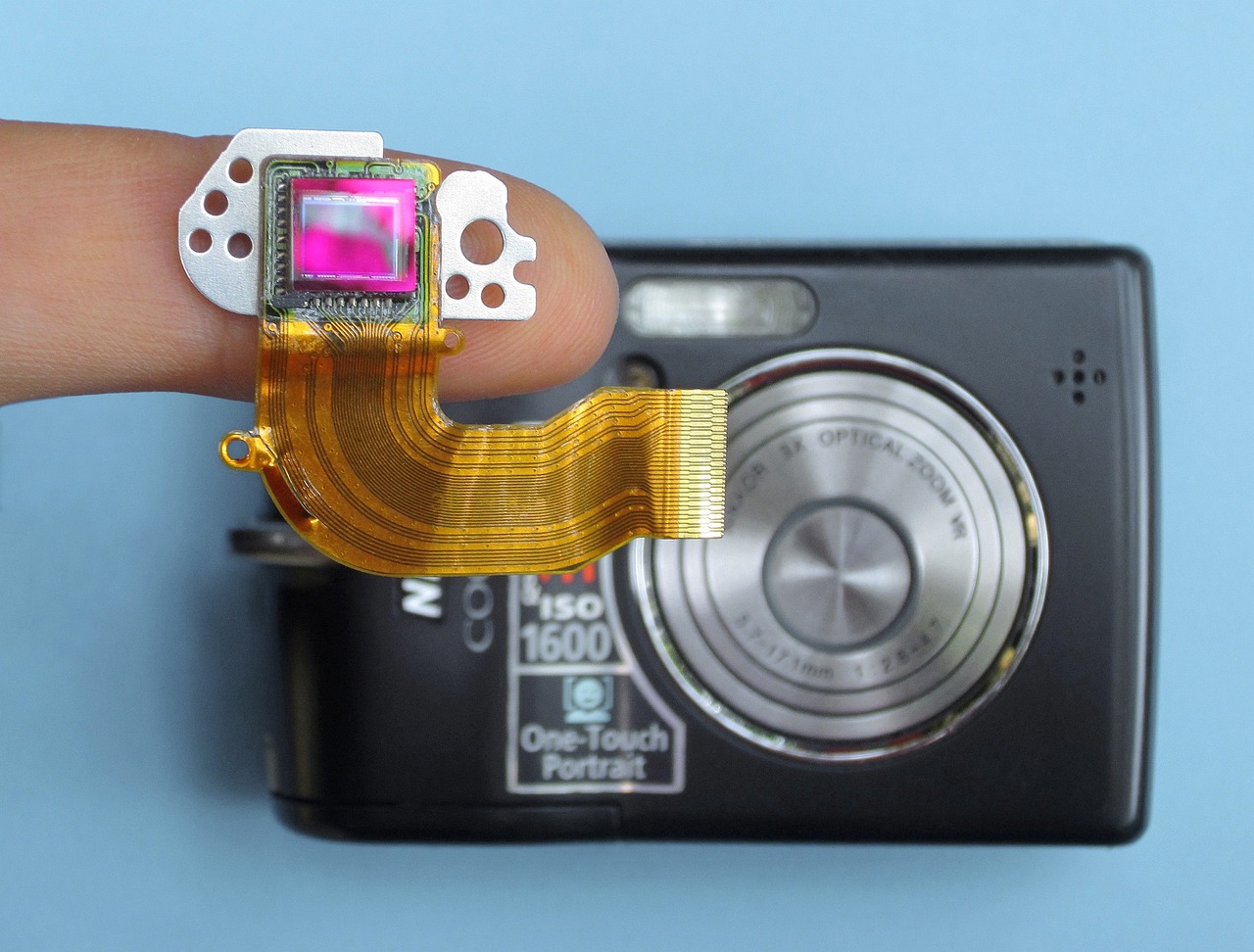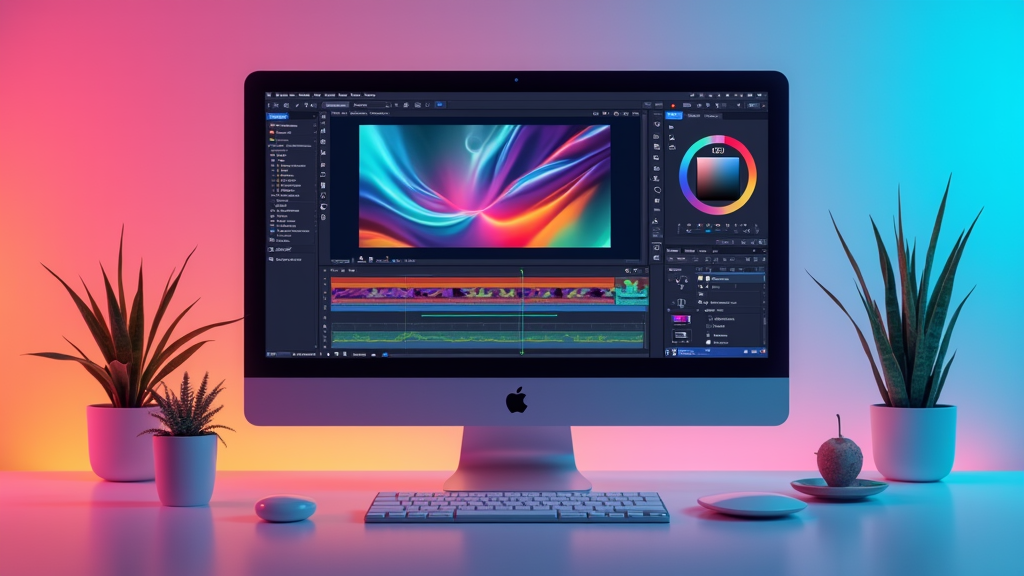Street photography isn’t just about snapping photos on the fly. It’s a unique blend of art and spontaneity, a way to capture the genuine moments of everyday life. At its core, street photography is about telling stories without words, letting the images speak for themselves.
Street photography’s roots go back to the early days of the camera. Photographers like Henri Cartier-Bresson and Vivian Maier, with their candid snaps, set the stage for what we know today. These pioneers showed that a simple street scene could hold a thousand stories.
Now, shooting on the streets does come with its set of rules, both written and unwritten. Knowing the boundaries between what’s ethical and what’s not can save you a lot of trouble. It’s all about respect – respect for the people you’re capturing, respect for the environment, and respect for the craft itself.
And then there’s the law. Depending on where you are, there could be different legal considerations. While taking photos in public places is generally okay, always be aware of local regulations. In some places, photographing people without their permission, especially children, can get you into legal hot water.
So, armed with your camera and a sense of curiosity, the streets are your canvas. Capture the hustle and bustle, the quiet moments, and everything in between.

Essential Gear for Street Photographers
Cameras matter, but don’t let gear be a barrier. The best camera is the one you have on you. That being said, there are a few options that might make your life easier. Compact cameras are great for discretion, DSLRs offer superior image quality, and mirrorless cameras provide a balance between size and power.
When it comes to lenses, primes are a solid choice. A 35mm or 50mm lens can capture scenes without much distortion, making them perfect for street shots. Zoom lenses offer flexibility but can make you more conspicuous. Accessories like small tripods, extra batteries, and memory cards should always be part of your kit.
Settings can make or break a shot. Keeping the ISO low helps avoid grainy images, but sometimes you’ll need to crank it up in low light. Shutter speed is critical for freezing fast-moving scenes, while aperture adjustments can beautifully blur backgrounds. Most street photographers prefer shooting in aperture priority mode for control and speed.

The right gear can make a difference, but it’s not the end-all-be-all. Understanding your equipment and knowing how to adjust quickly to changing situations is far more valuable. Keep it simple, be prepared, and stay adaptable.
Mastering Techniques for Capturing Candid Moments
Blending into your environment is like becoming a part of the scenery. Wear neutral colors, avoid flashy accessories, and try to move with the same rhythm as the people around you. The less you stand out, the more authentic your shots will be.
Natural light is your best friend but can also be tricky. Overcast days are golden since the soft light reduces harsh shadows. When the sun’s out, look for shaded areas or use the light to create interesting contrasts and silhouettes. Always be aware of where the light is coming from and how it’ll affect your scene.
Timing is everything in street photography. Often, it’s about patience. Waiting for the right moment—whether it’s a shared laugh, a fleeting glance, or a unique combination of people and backgrounds—can make a huge difference. Anticipating the action means being ready to press the shutter at the perfect time.

Staying unobtrusive while shooting can help catch those genuine moments. Holding your camera at waist level or using a tilt screen can sometimes help. Utilizing the ‘shoot from the hip’ technique allows for spontaneity without being too intrusive.
Also, don’t forget to explore angles and perspectives. Sometimes, kneeling down or finding a higher vantage point can completely transform a shot. Experimenting with perspectives not only adds depth but also lets you capture the scene in a way most people might not see. And above all, have fun with it! The beauty of street photography is in its unpredictability—embracing the unexpected can lead to some of your most authentic, memorable photos.
Composition and Framing in Street Photography
A good composition makes a photo come alive. The rule of thirds is a classic, but breaking the rules can also lead to striking images. Positioning key elements off-center creates a natural balance that’s pleasing to the eye.
Leading lines direct the viewer’s attention to the main subject. These lines can be anything from roads and pathways to fences and shadows. Using them smartly can add depth and interest to your shots.
Framing within the frame is another technique to explore. Using windows, doorways, or arches to frame your subject can create a layered effect, adding more dimension to your photograph.

Backgrounds and foregrounds play a crucial role in street photography. A busy background can distract from the main subject, so sometimes, less is more. On the flip side, an interesting background can enhance the story, making the image more compelling.
Don’t shy away from experimenting with unusual angles. Shooting from a low angle or a high vantage point can provide a fresh perspective, turning the ordinary into extraordinary.
Post-Processing Tips for Street Photography
Editing is where your photos can truly shine. Basic photo editing software like Lightroom or even mobile apps can work wonders. Adjusting exposure, contrast, and sharpness can bring out details that might have gone unnoticed.
While enhancing your photos, it’s crucial to maintain their authentic feel. Over-editing can strip away the natural essence of the street scene. A light touch often does the trick, bringing out the best in your shots without making them look artificial.
Black-and-white conversions are a popular choice in street photography. They strip the image down to its core elements, emphasizing contrast, light, and shadow. This can turn a chaotic street scene into a timeless, impactful photo.

Cropping and straightening your images can also improve composition. Sometimes, what you capture in the moment might need a little tweaking to reach its full potential. Be mindful of maintaining the integrity of the original scene during this process.
Lastly, experiment with different presets and styles but always aim to develop your unique look. Consistency in editing can become your visual signature, helping your work stand out in a sea of images!





This topic offers some excellent advice for both budding and experienced street photographers. I especially appreciate the emphasis on respect and ethics, which is often overlooked but so crucial when capturing candid moments. The technical tips, like using prime lenses and experimenting with angles, are practical and can help elevate anyone’s street photography game. It’s also great to see a reminder that gear isn’t everything—skill and adaptability often matter more. The insights on post-processing are spot-on too, especially the suggestion to preserve the authenticity of the scene. Overall, this guide covers both the creative and technical aspects of street photography brilliantly!
Thanks so much for the thoughtful comment! Respect and ethics are definitely key in street photography, and I’m glad that part resonated. It’s true—skill and adaptability often make all the difference, no matter the gear! And yeah, post-processing can really enhance a shot without losing its authenticity. Appreciate you taking the time to share your thoughts!